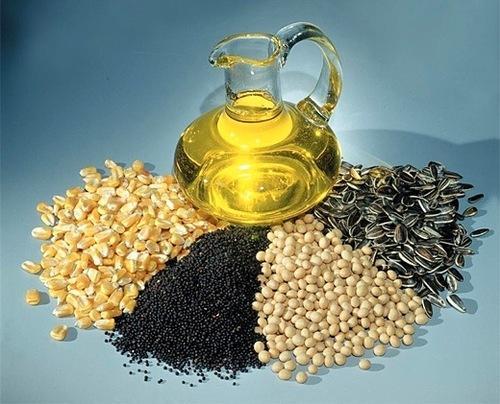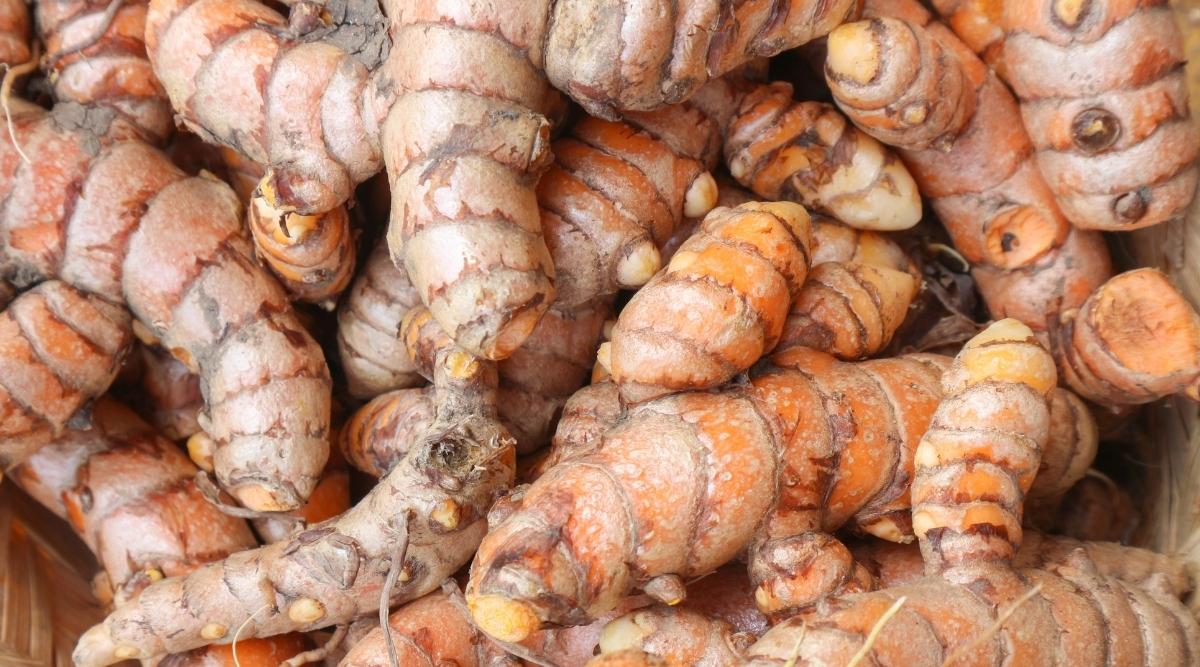Cotton candy futures saw a -0.35% decline, closing at 56720, mostly as a result of concerns that cotton fields were being impacted by pink bollworm infestation. The infestation dropped significantly between 2017–18 (30.62%) and 2022–2023 (10.80%). From a two-year peak of 87,770 bales on December 1st, certified cotton stockpiles available for delivery against contracts fell sharply to 6,325 bales on December 5.
November saw a 12% increase in Brazilian cotton shipments to 253.71 thousand tonnes, but a 5.5% decrease from November 2022. For the second year in a row, it is predicted that global cotton production would exceed consumption. In the 2023–2024 season, production is expected to increase by 3.25% to 25.4 million metric tons.
In light of pink bollworm damage in Haryana and notable decreases in north Maharashtra linked to insufficient rainfall, the Cotton Association of India (CAI) lowered its production forecast for the current season to 29.4 million bales. Global ending stocks grew by 1.6 million bales, as predicted by the USDA’s November report, bringing the total expected production in the United States up by 273,000 bales.
While consumption is somewhat down, production and ending stocks are up in the United States of America’s cotton balance sheet for 2023–2024. Reduced demand, increased output, and increased stockpiles are all reflected in global cotton balance sheets over the same period. Cotton ended the day at 26393.6 Rupees, down -0.37%, on the Rajkot spot market. With prices down by -200 rupees and open interest rising by 2.87% to settle at 179, the market appears to be in a fresh selling trend technically.

